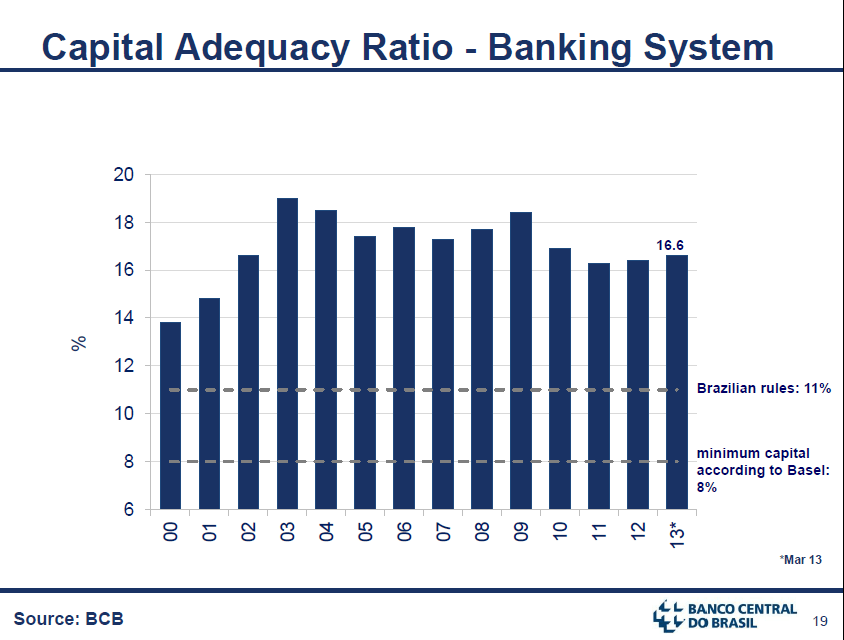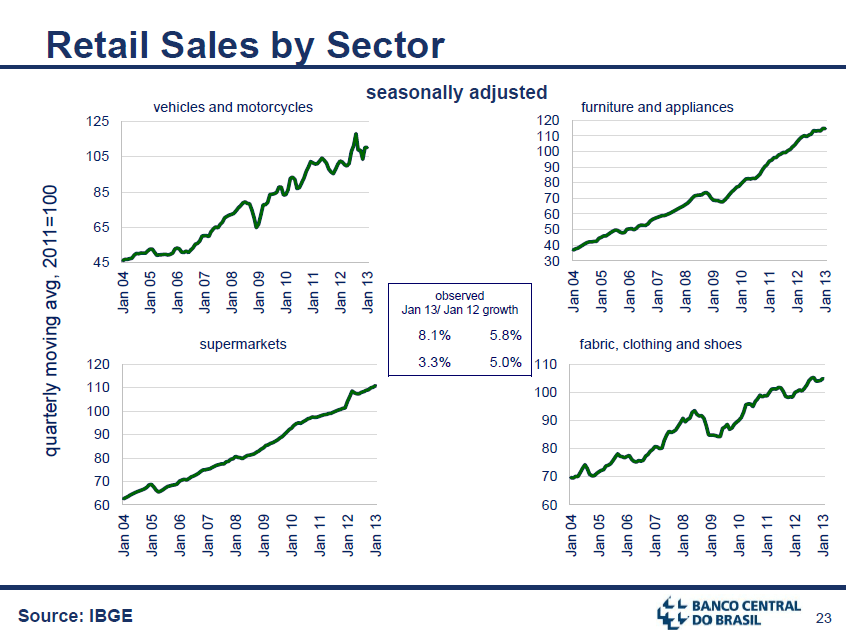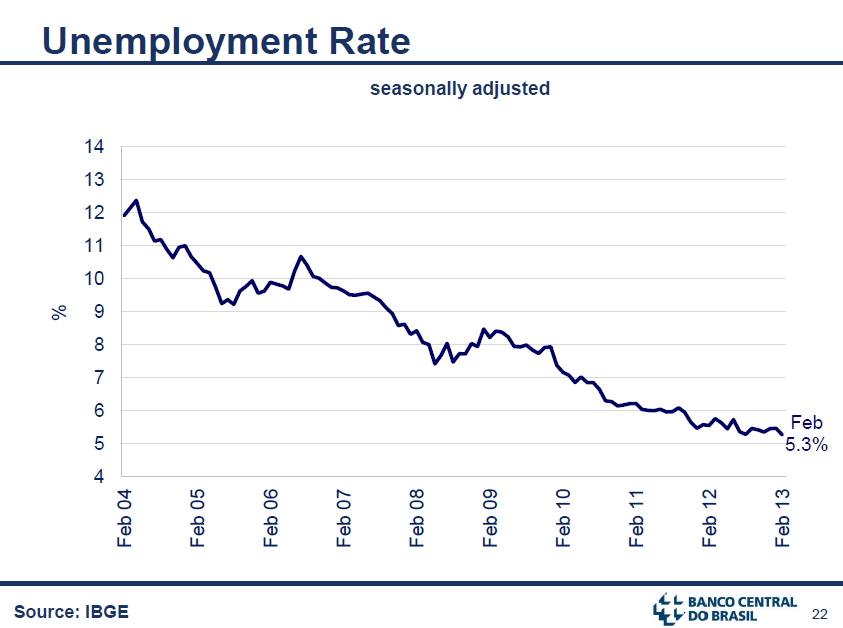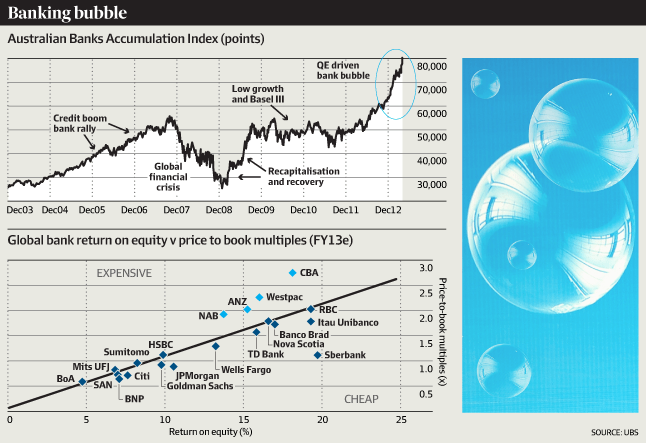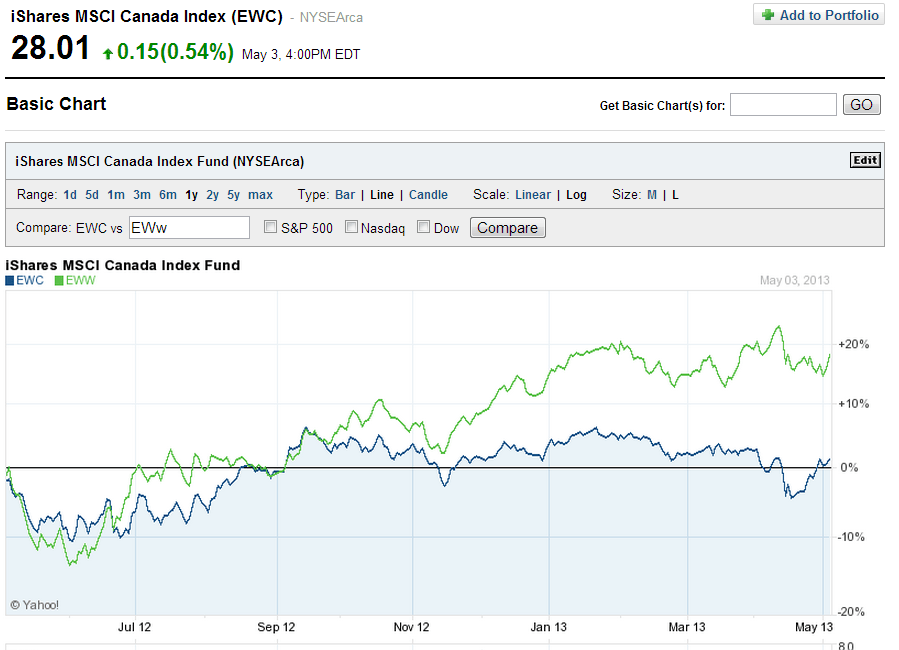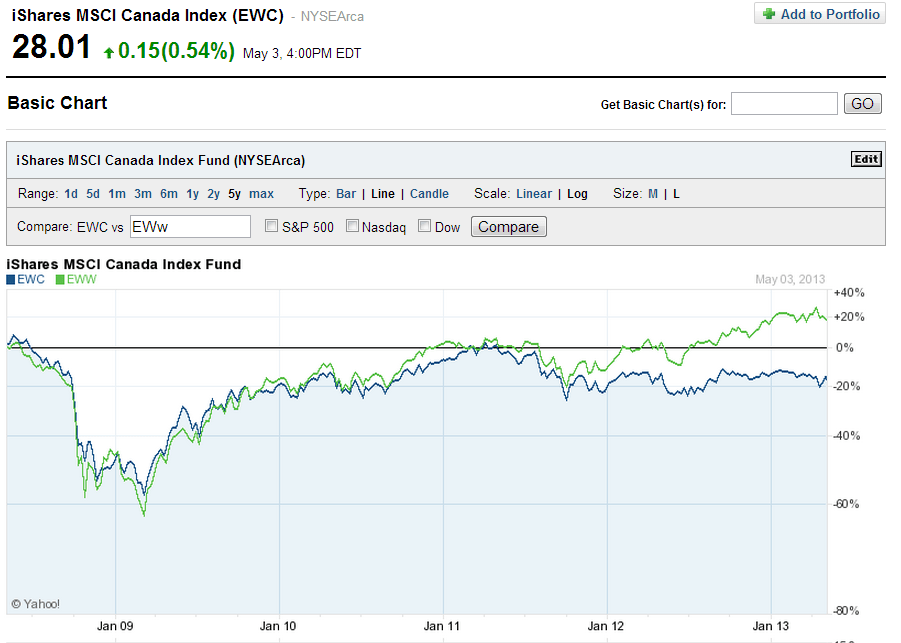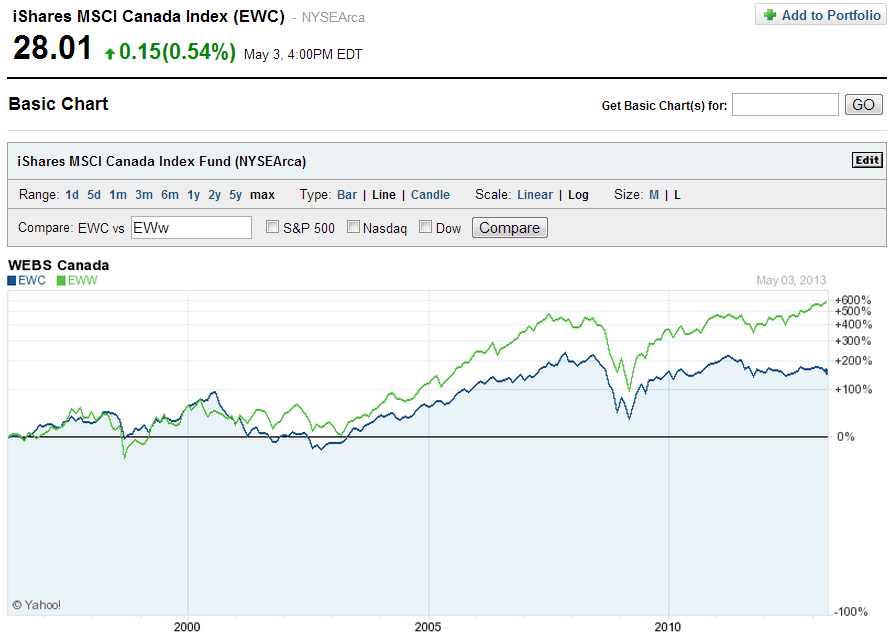The largest Japanese firms by revenues from the Fortune Global 500 list for 2012 are listed below:
| Country Rank | Company | Global Rank | City | Revenues($ millions) |
|---|---|---|---|---|
| 1 | Toyota Motor | 10 | Toyota | 235,364 |
| 2 | Japan Post Holdings | 13 | Tokyo | 211,019 |
| 3 | Nippon Telegraph & Telephone | 29 | Tokyo | 133,077 |
| 4 | Hitachi | 38 | Tokyo | 122,419 |
| 5 | JX Holdings | 41 | Tokyo | 119,258 |
| 6 | Nissan Motor | 42 | Yokohama | 119,166 |
| 7 | Honda Motor | 64 | Tokyo | 100,664 |
| 8 | Panasonic | 66 | Osaka | 99,373 |
| 9 | Nippon Life Insurance | 74 | Osaka | 90,783 |
| 10 | Sony | 87 | Tokyo | 82,237 |
| 11 | Meiji Yasuda Life Insurance | 96 | Tokyo | 77,463 |
| 12 | Toshiba | 97 | Tokyo | 77,261 |
| 13 | Mitsubishi | 115 | Tokyo | 70,492 |
| 14 | Tokyo Electric Power | 127 | Tokyo | 67,751 |
| 15 | Mitsui | 132 | Tokyo | 66,512 |
| 16 | AEON | 134 | Chiba | 65,989 |
| 17 | Mitsubishi UFJ Financial Group | 144 | Tokyo | 62,706 |
| 18 | Dai-ichi Life Insurance | 145 | Tokyo | 62,462 |
| 19 | Seven & I Holdings | 151 | Tokyo | 60,668 |
| 20 | Fujitsu | 166 | Tokyo | 56,582 |
| 21 | Marubeni | 168 | Tokyo | 55,604 |
| 22 | Itochu | 172 | Osaka | 54,093 |
| 23 | Nippon Steel | 180 | Tokyo | 51,812 |
| 24 | Sumitomo Mitsui Financial Group | 191 | Tokyo | 49,967 |
| 25 | Idemitsu Kosan | 199 | Tokyo | 48,828 |
| 26 | MS&AD Insurance Group Holdings | 209 | Tokyo | 47,684 |
| 27 | Mitsubishi Electric | 214 | Tokyo | 46,094 |
| 28 | KDDI | 220 | Tokyo | 45,241 |
| 29 | Canon | 224 | Tokyo | 44,631 |
| 30 | Tokio Marine Holdings | 236 | Tokyo | 43,264 |
| 31 | Sumitomo Life Insurance | 239 | Osaka | 43,086 |
| 32 | Sumitomo | 247 | Tokyo | 41,301 |
| 33 | Mitsubishi Chemical Holdings | 252 | Tokyo | 40,632 |
| 34 | Softbank | 253 | Tokyo | 40,559 |
| 35 | JFE Holdings | 256 | Tokyo | 40,104 |
| 36 | Denso | 259 | Kariya | 39,954 |
| 37 | NEC | 271 | Tokyo | 38,462 |
| 38 | Bridgestone | 276 | Tokyo | 37,943 |
| 39 | Mitsubishi Heavy Industries | 299 | Tokyo | 35,727 |
| 40 | Kansai Electric Power | 301 | Osaka | 35,607 |
| 41 | NKSJ Holdings | 306 | Tokyo | 35,343 |
| 42 | Medipal Holdings | 310 | Tokyo | 34,832 |
| 43 | Mizuho Financial Group | 316 | Tokyo | 34,394 |
| 44 | Cosmo Oil | 329 | Tokyo | 33,672 |
| 45 | East Japan Railway | 347 | Tokyo | 32,070 |
| 46 | Suzuki Motor | 350 | Hamamatsu | 31,817 |
| 47 | Sharp | 354 | Osaka | 31,104 |
| 48 | Chubu Electric Power | 356 | Nagoya | 31,020 |
| 49 | Alfresa Holdings | 371 | Tokyo | 29,551 |
| 50 | Aisin Seiki | 379 | Kariya | 29,183 |
| 51 | Showa Shell Sekiyu | 389 | Tokyo | 28,497 |
| 52 | Fujifilm Holdings | 400 | Tokyo | 27,804 |
| 53 | T&D Holdings | 413 | Tokyo | 26,649 |
| 54 | Maruhan | 418 | Kyoto | 26,333 |
| 55 | Sumitomo Electric Industries | 422 | Osaka | 26,082 |
| 56 | Japan Tobacco | 427 | Tokyo | 25,759 |
| 57 | Mazda Motor | 428 | Hiroshima | 25,749 |
| 58 | Komatsu | 436 | Tokyo | 25,099 |
| 59 | Sumitomo Chemical | 446 | Tokyo | 24,670 |
| 60 | Ricoh | 461 | Tokyo | 24,108 |
| 61 | Kobe Steel | 467 | Kobe | 23,617 |
| 62 | Suzuken | 469 | Nagoya | 23,556 |
| 63 | Nomura Holdings | 471 | Tokyo | 23,453 |
| 64 | Daiwa House Industry | 472 | Osaka | 23,415 |
| 65 | Yamada Denki | 477 | Takasaki | 23,246 |
| 66 | Nippon Yusen Kabushiki Kaisha | 481 | Tokyo | 22,896 |
| 67 | Mitsubishi Motors | 482 | Tokyo | 22,890 |
| 68 | Tokyo Gas | 496 | Tokyo | 22,218 |
Source: Fortune Global 500, Fortune
Related ETF:
iShares MSCI Japan Index ETF (EWJ)
Disclosure: No Positions
